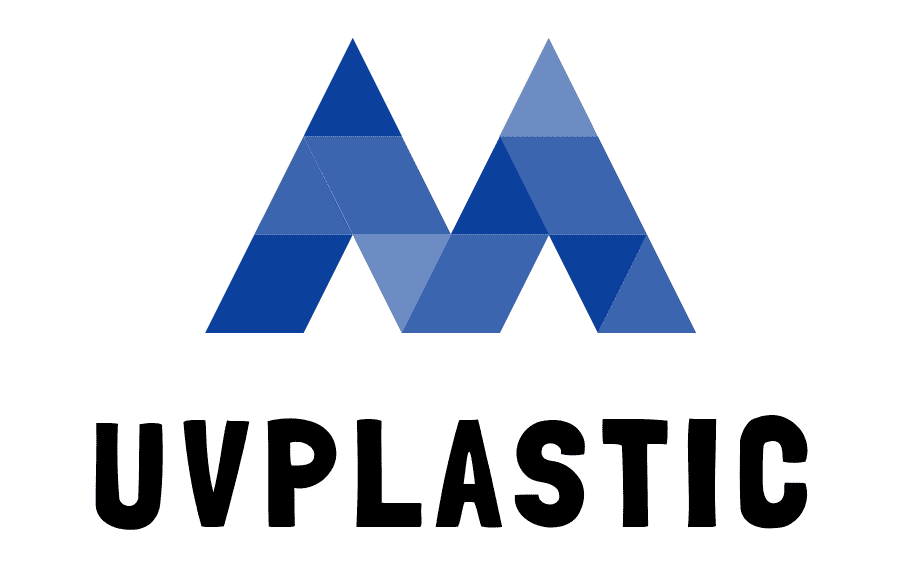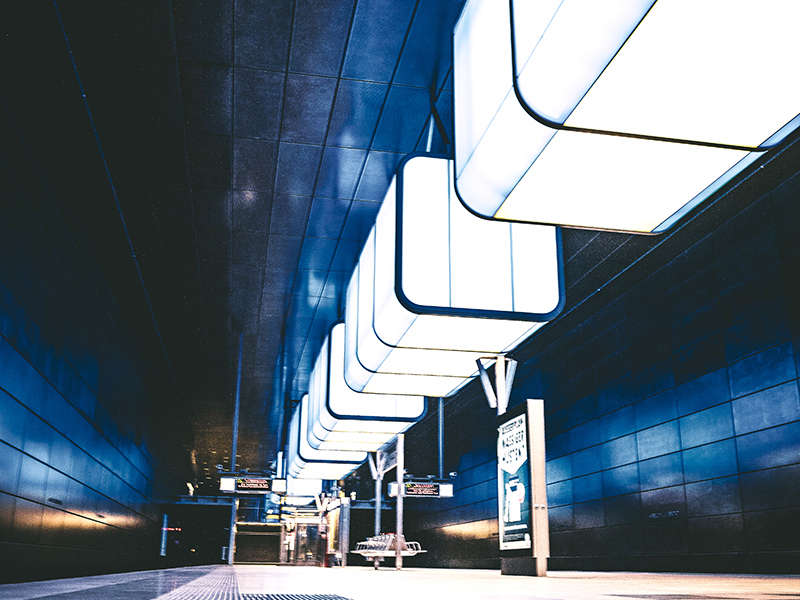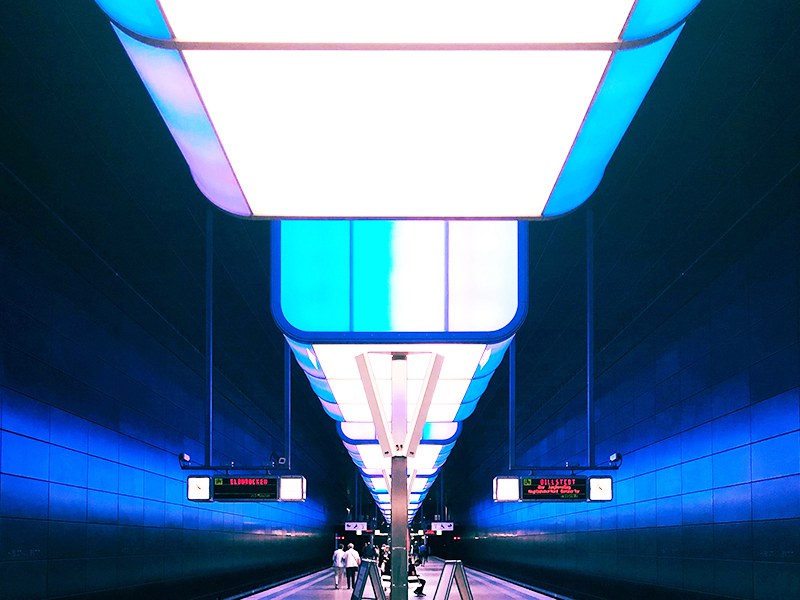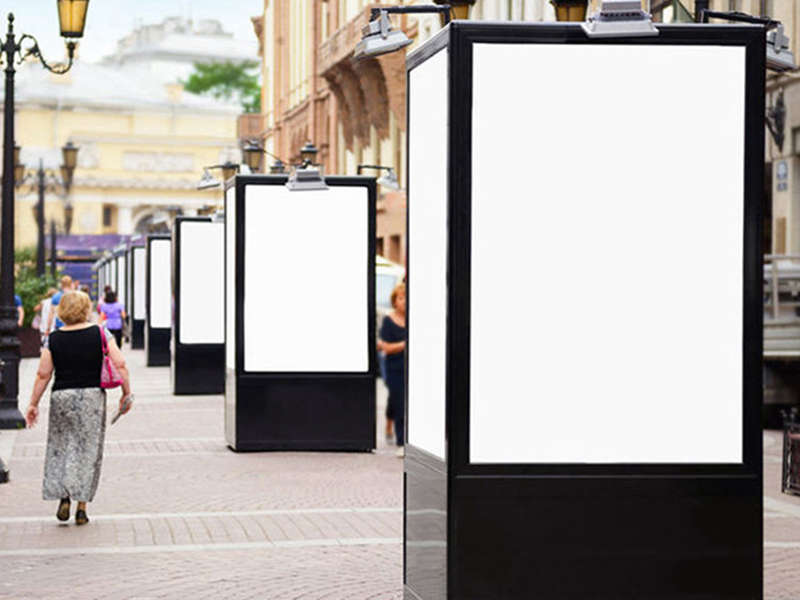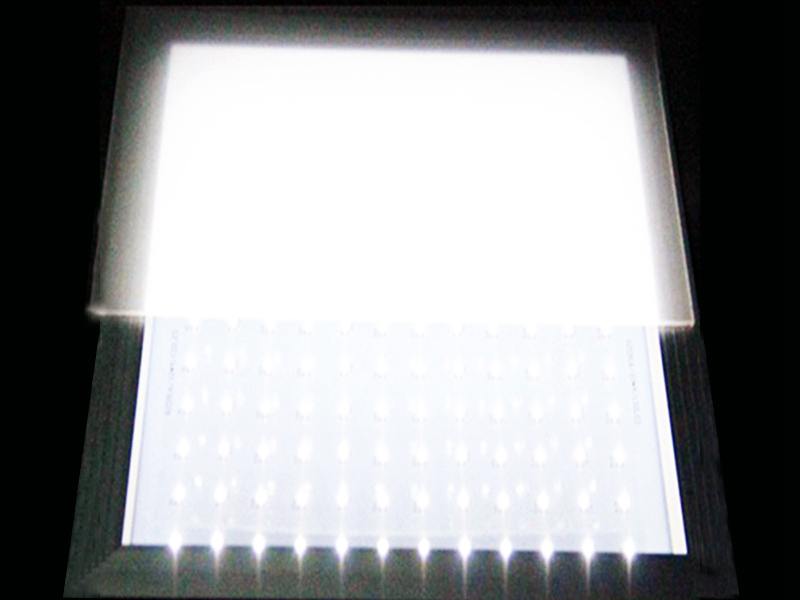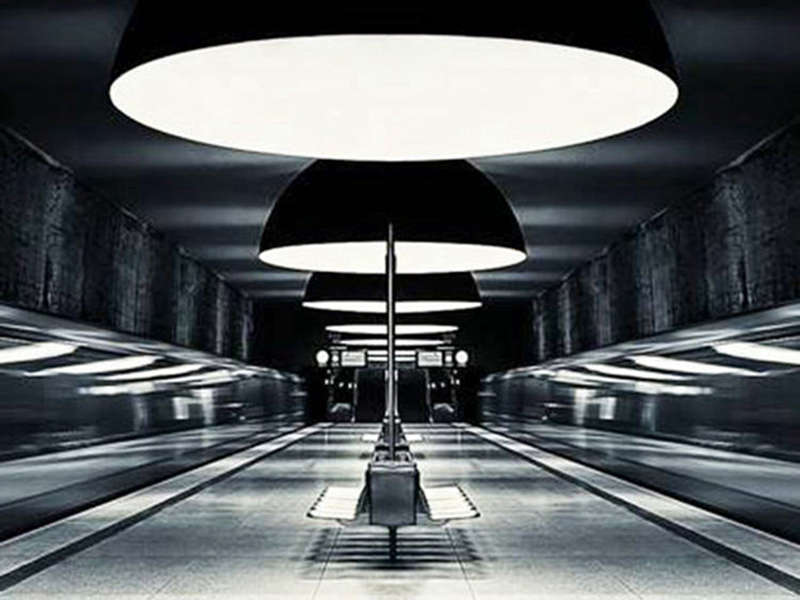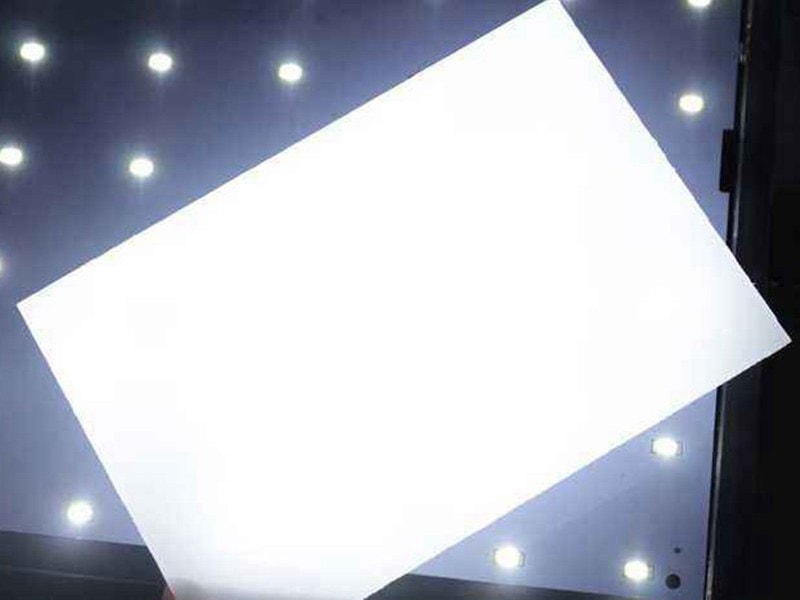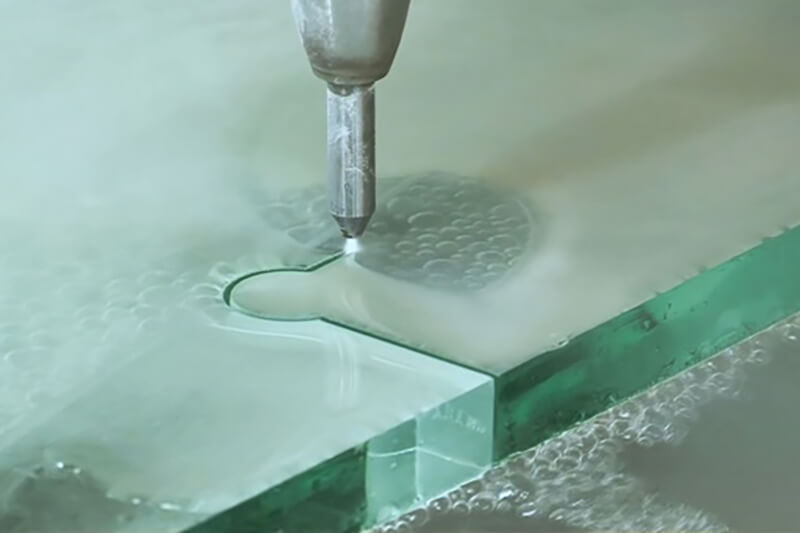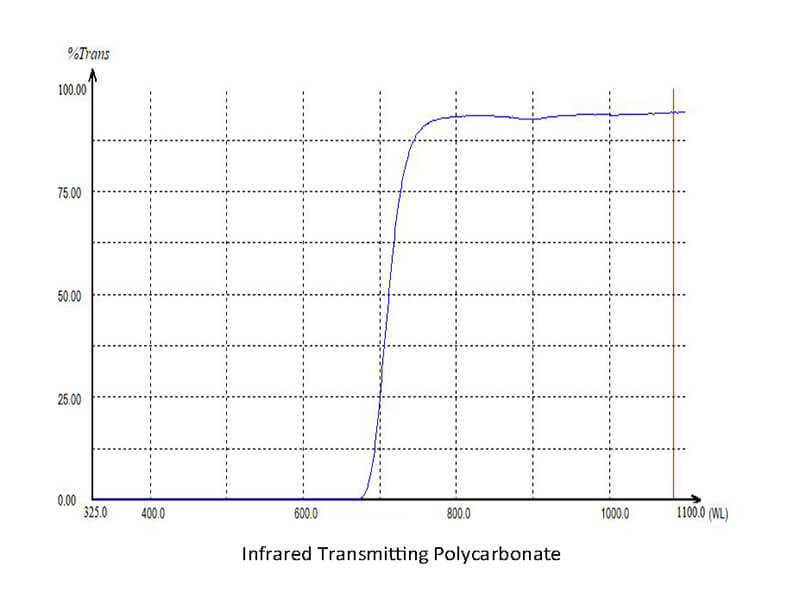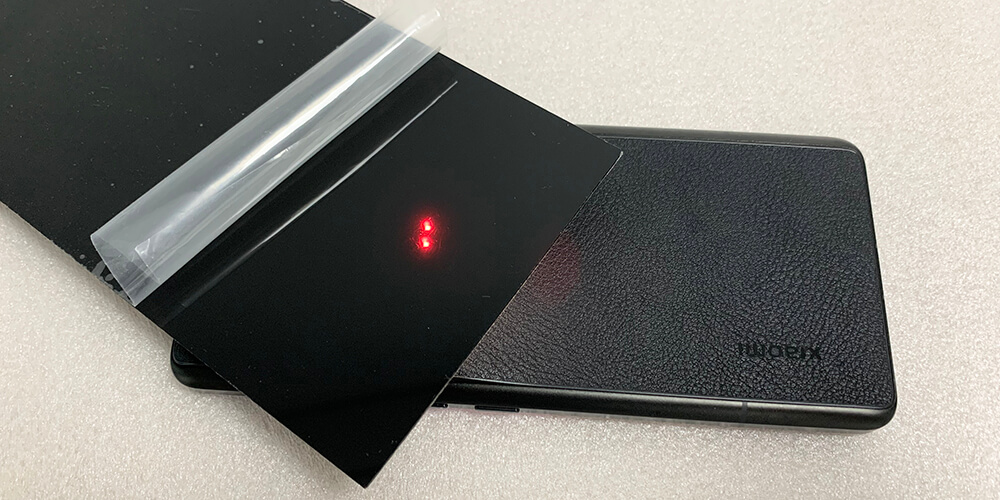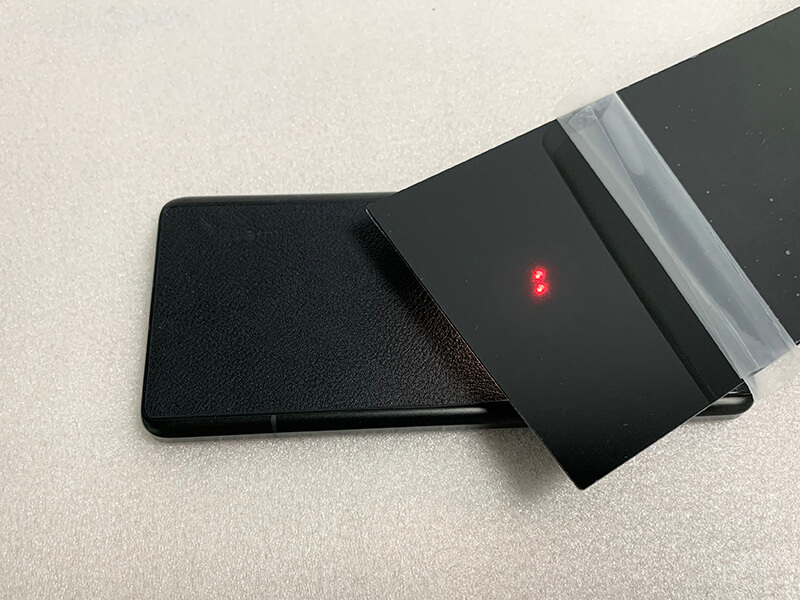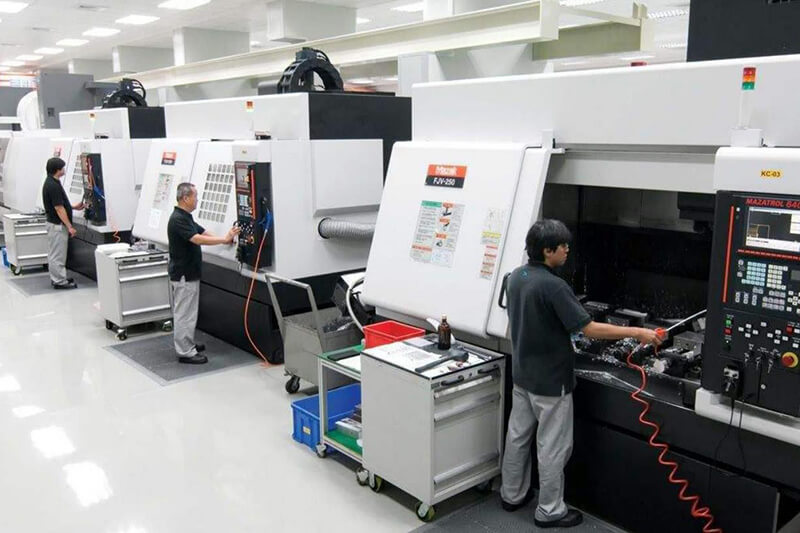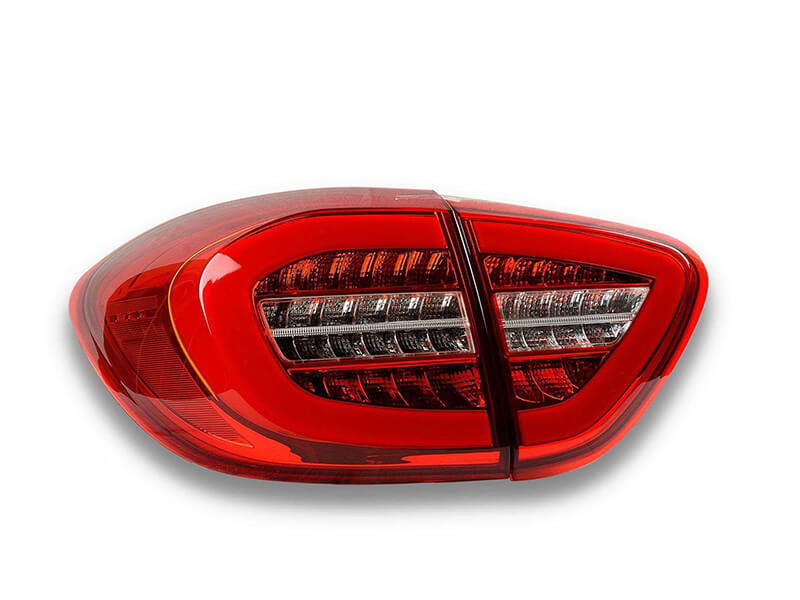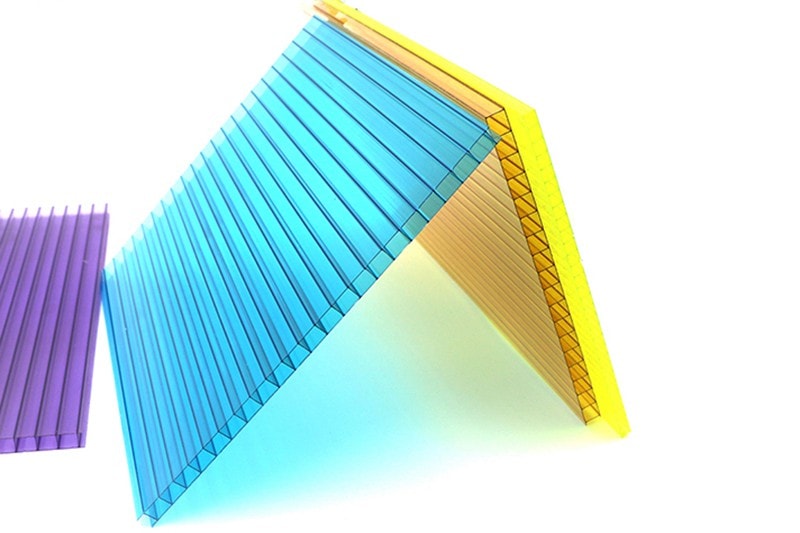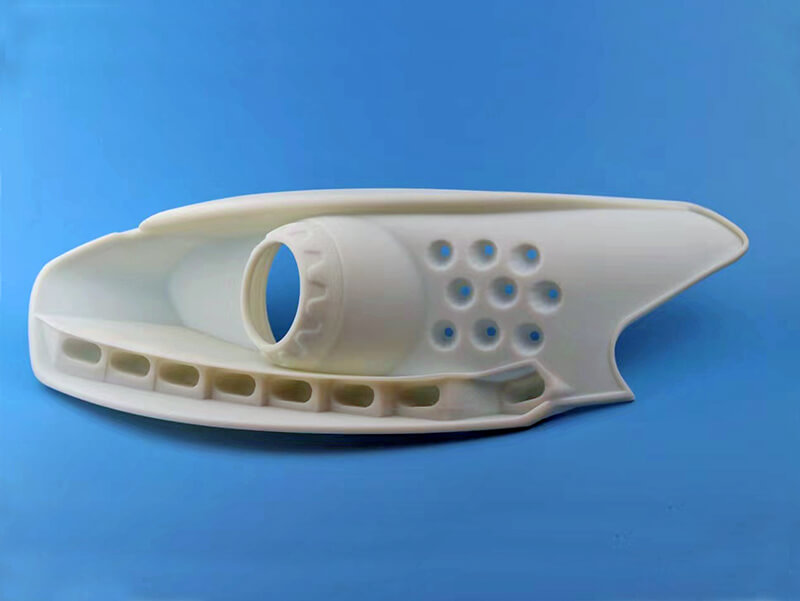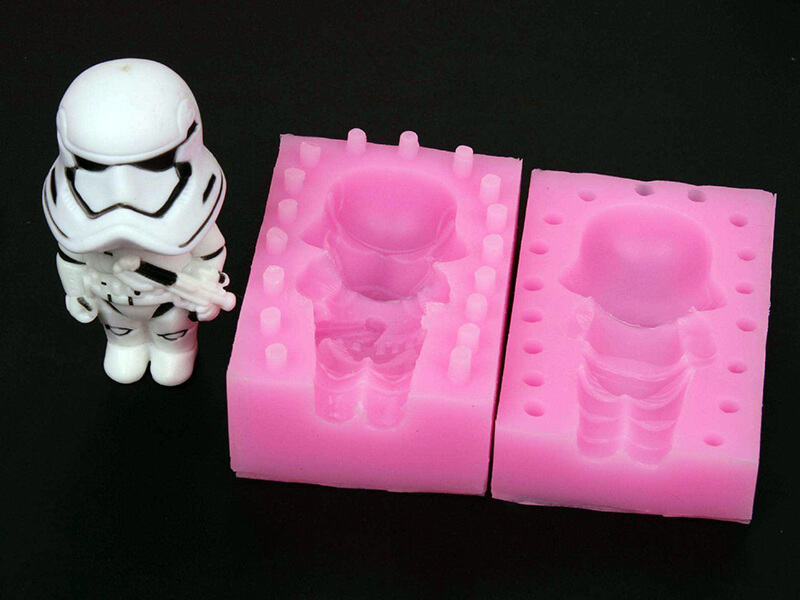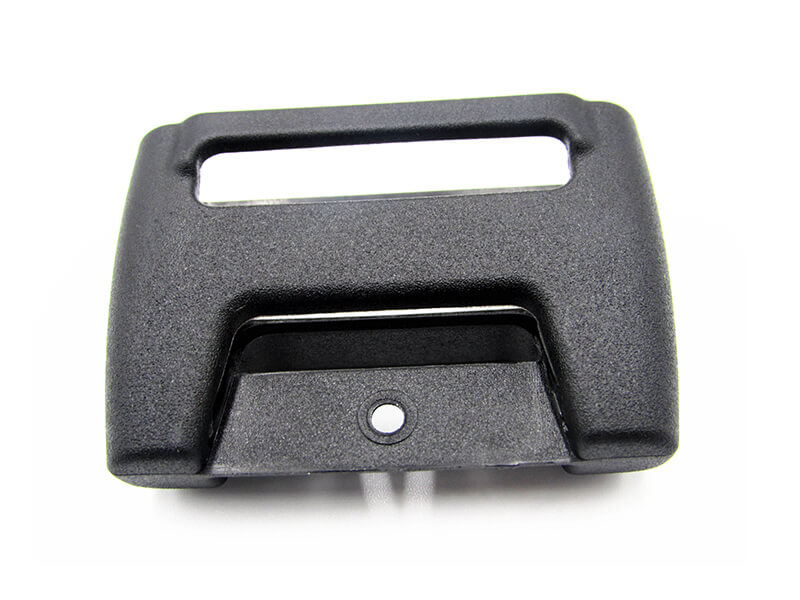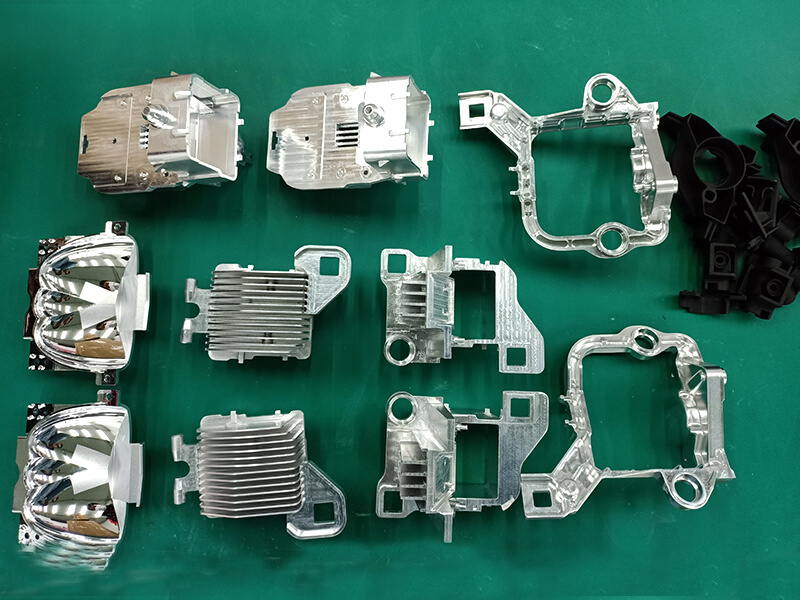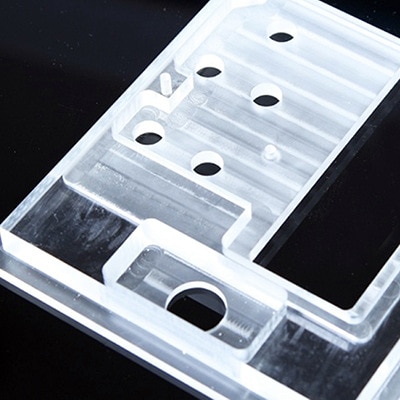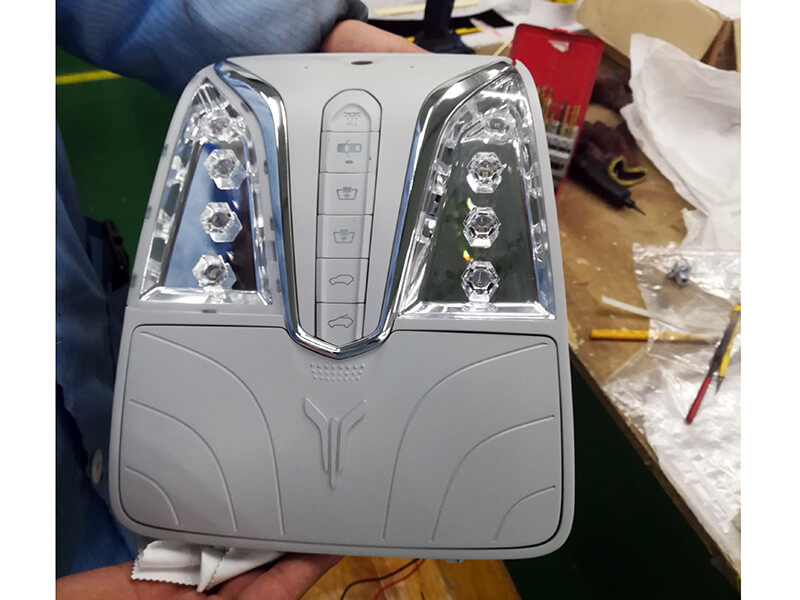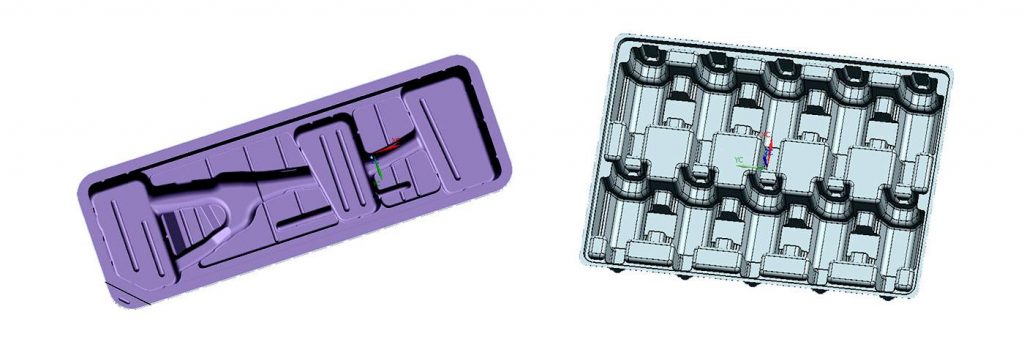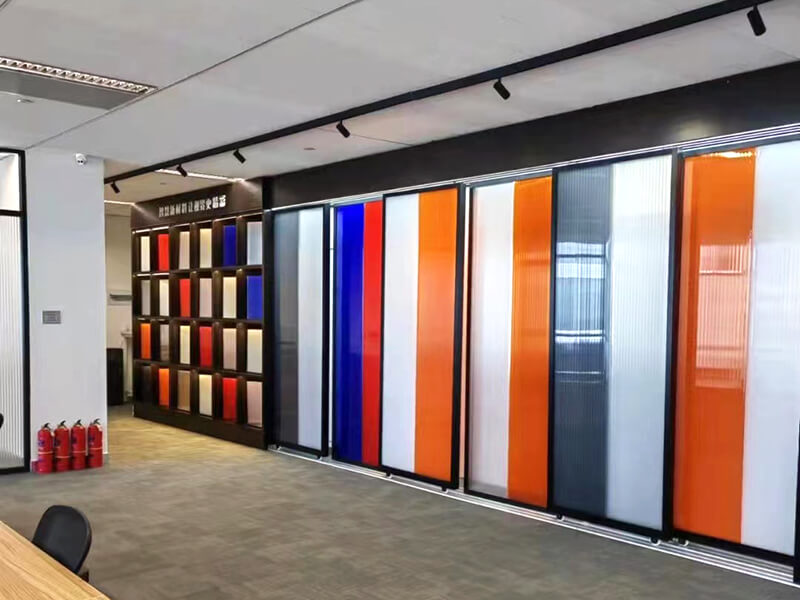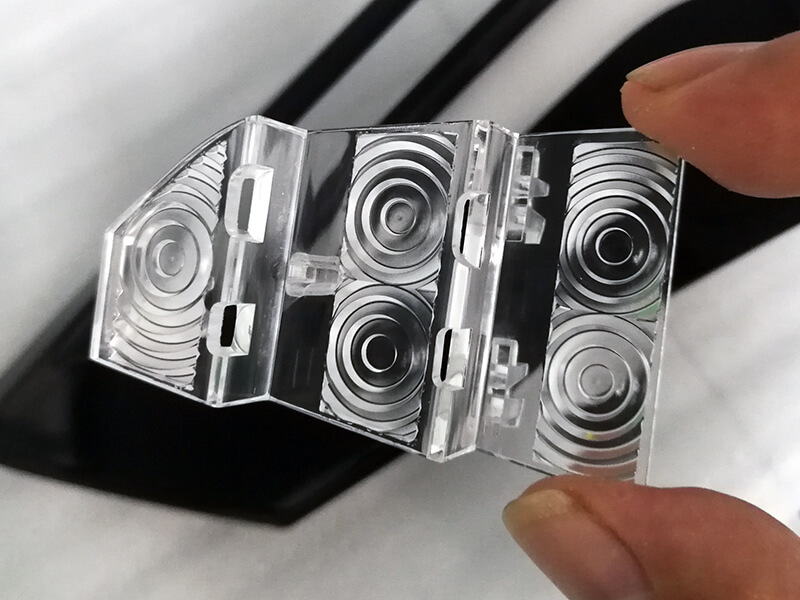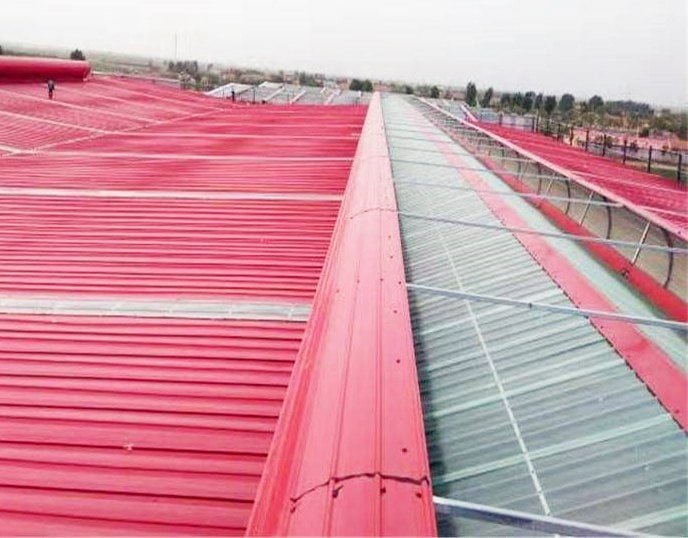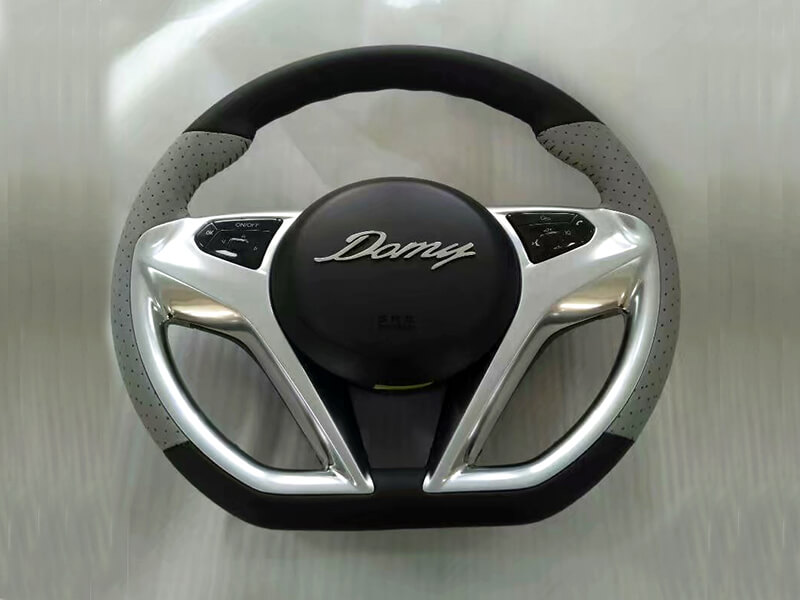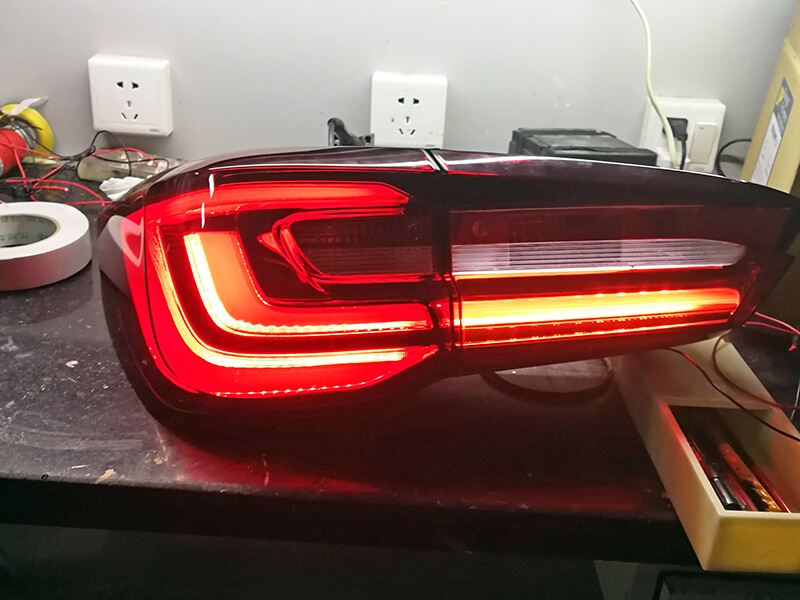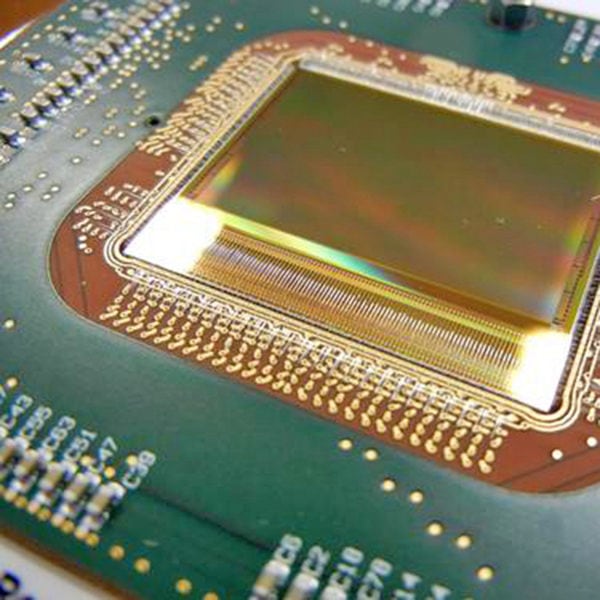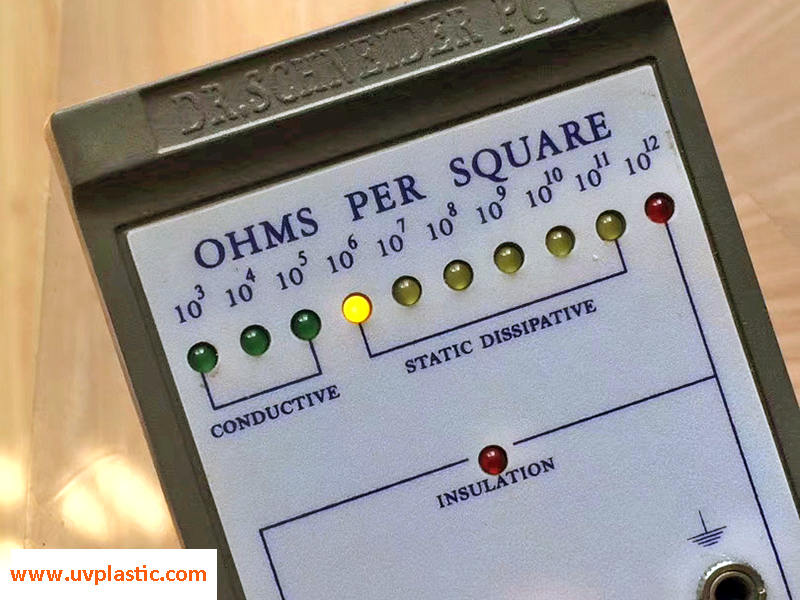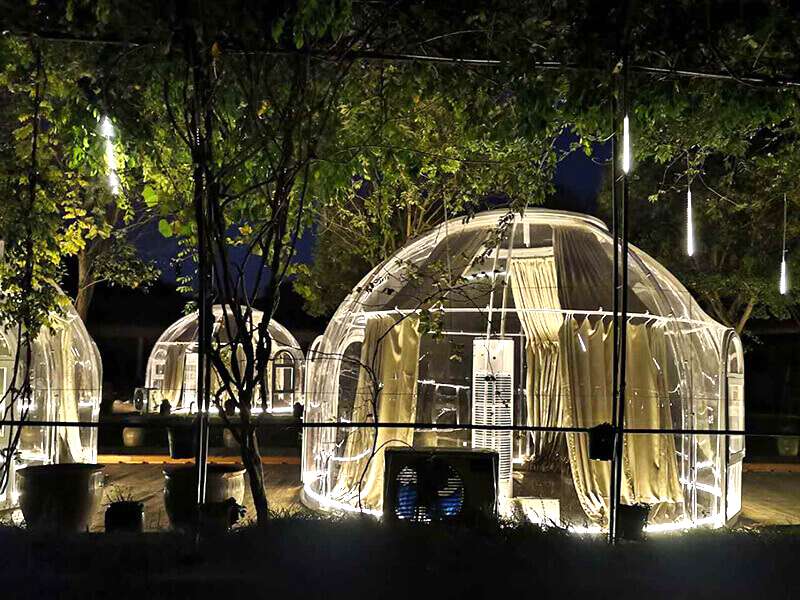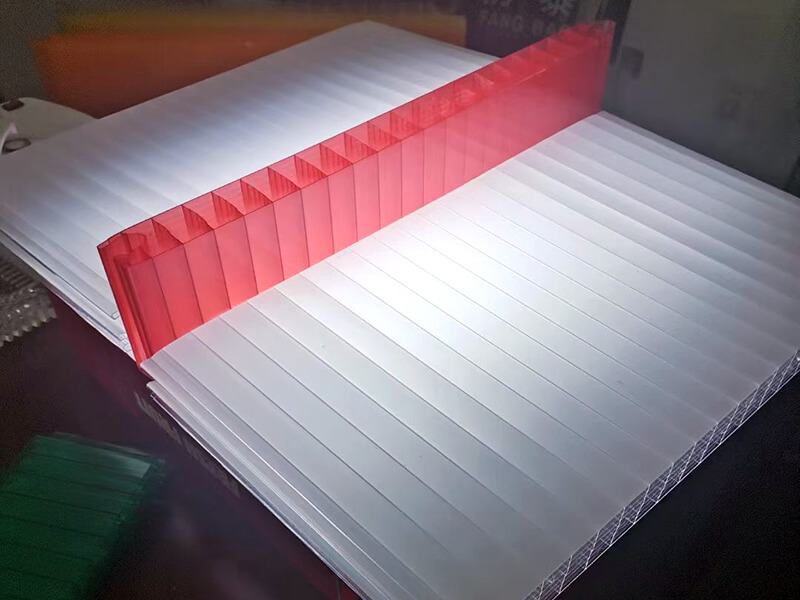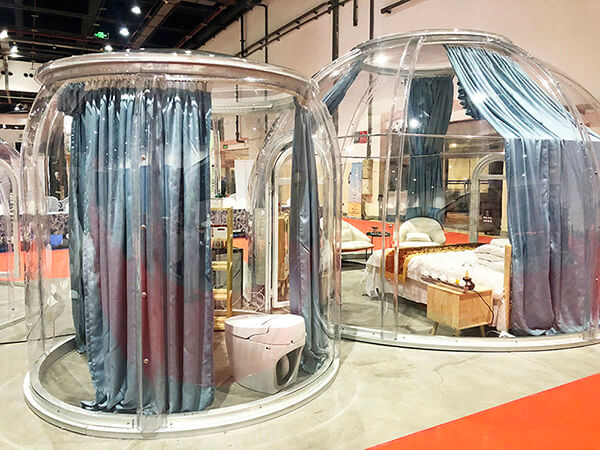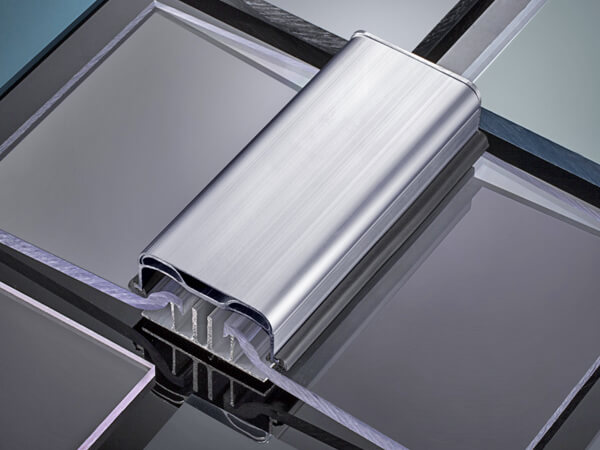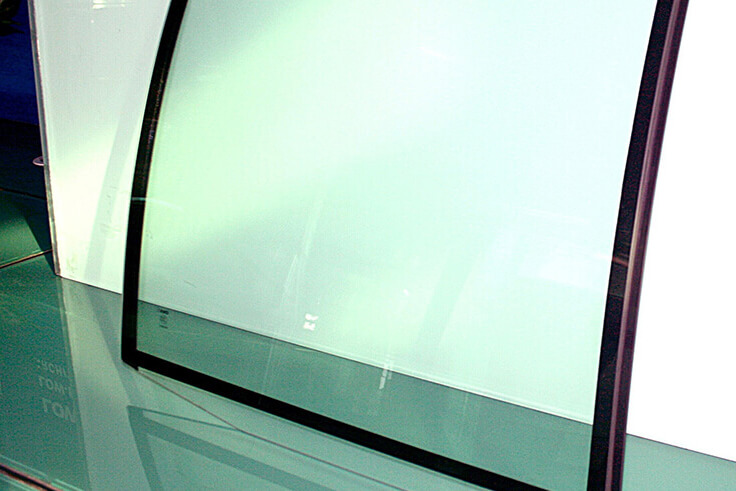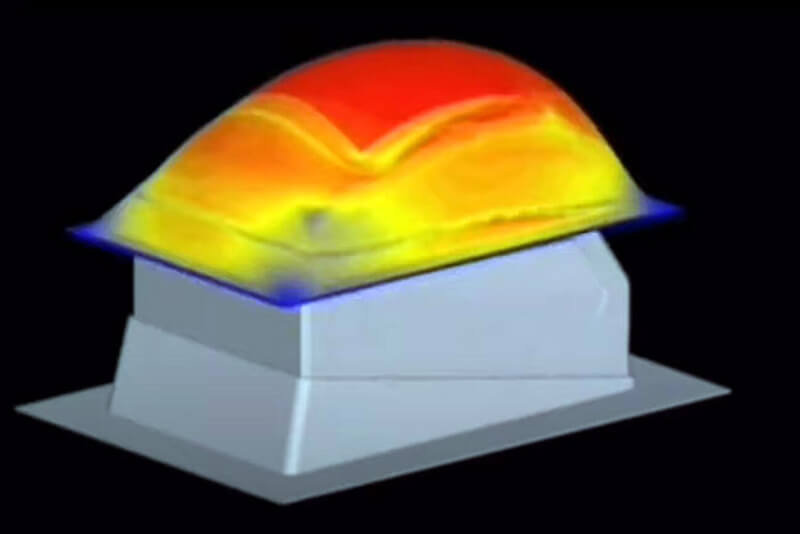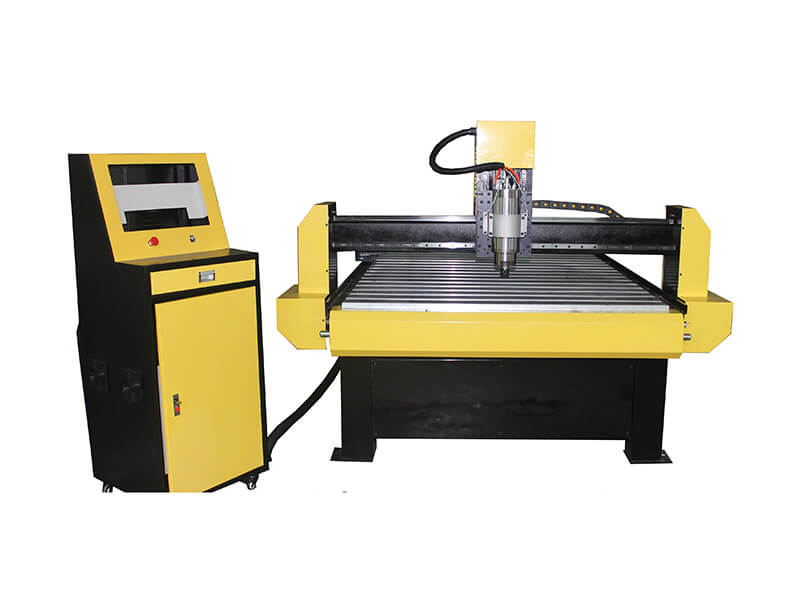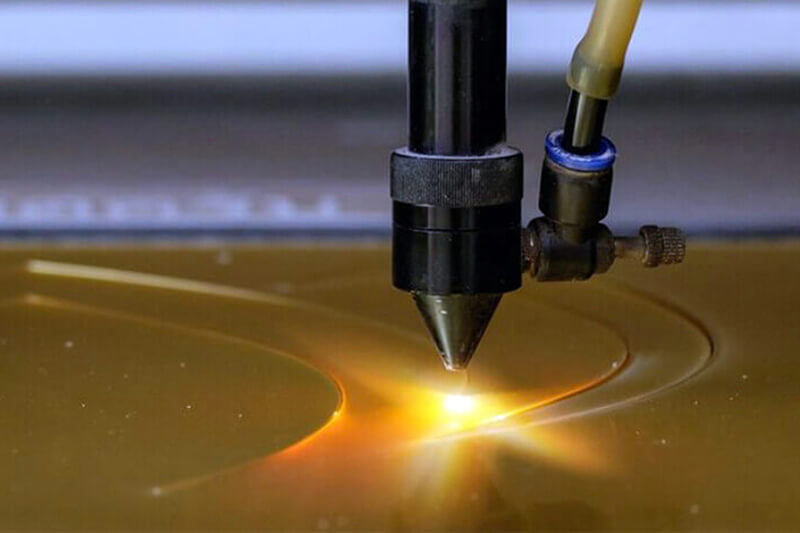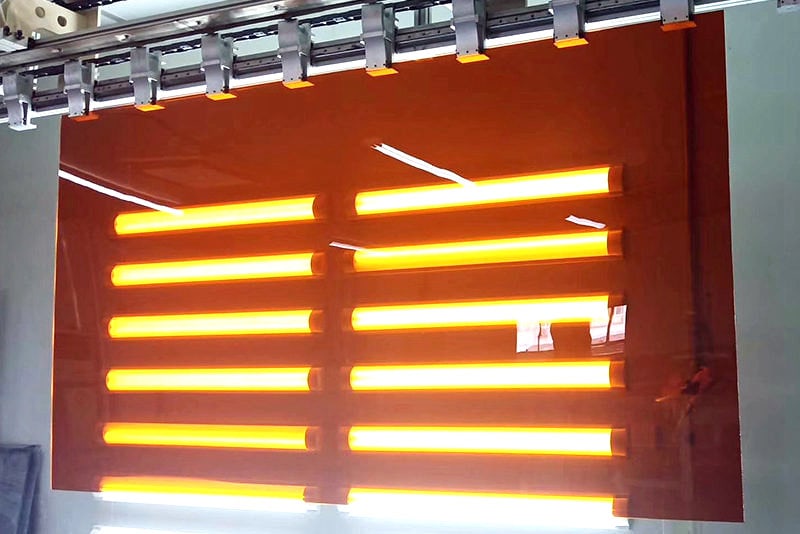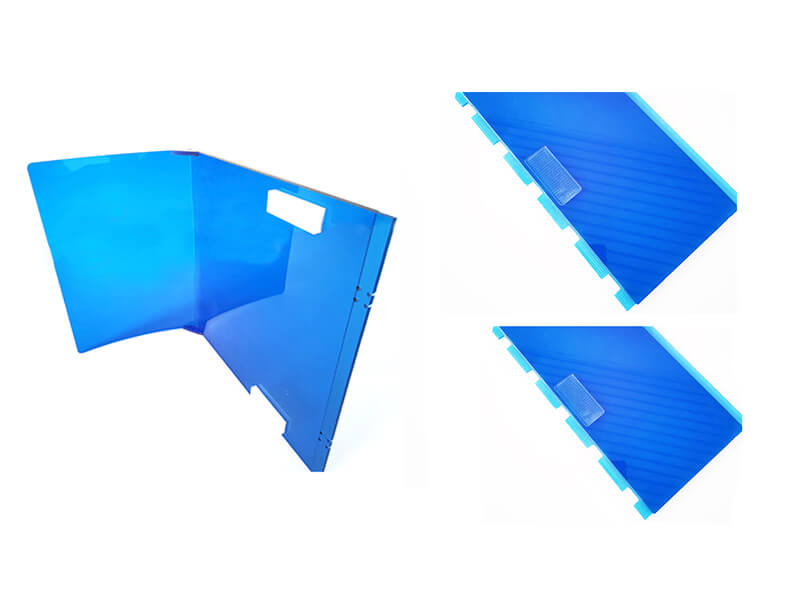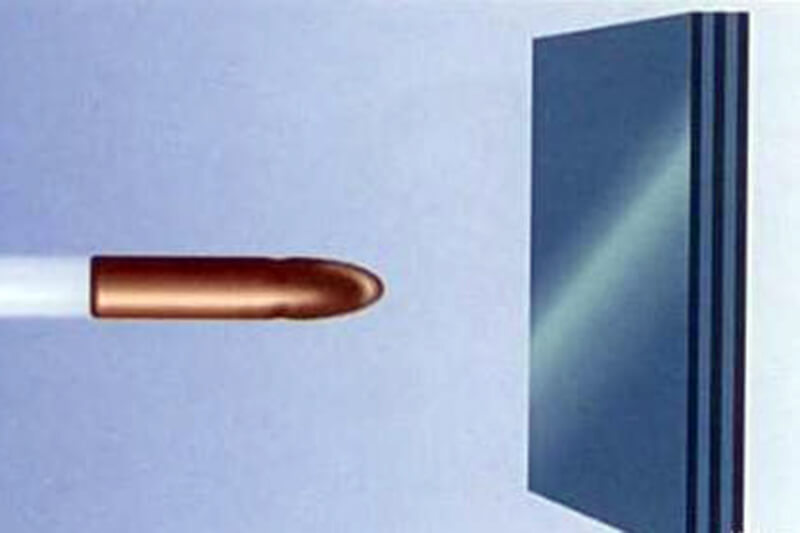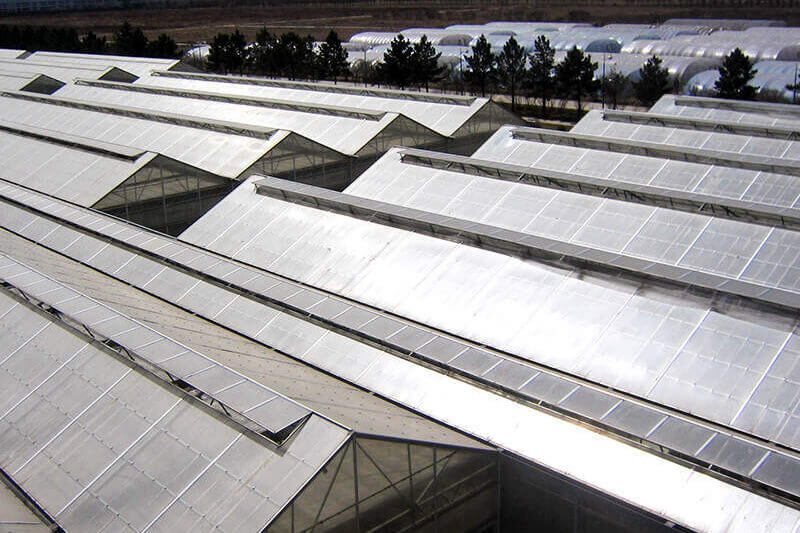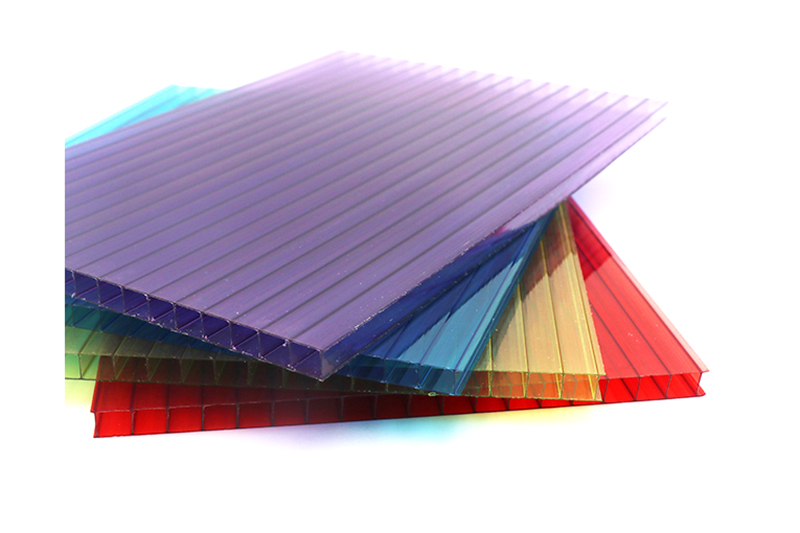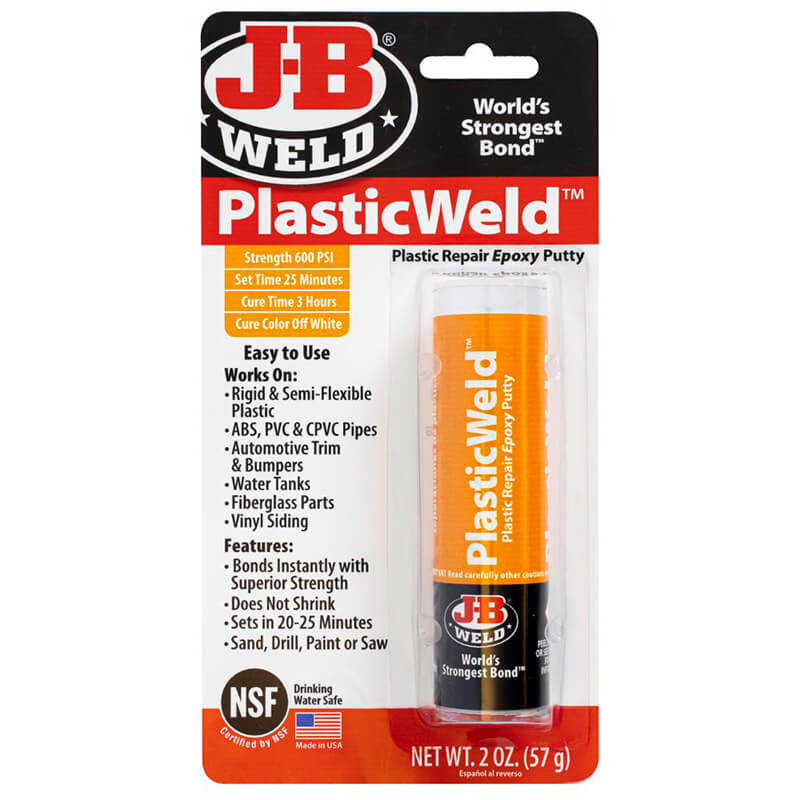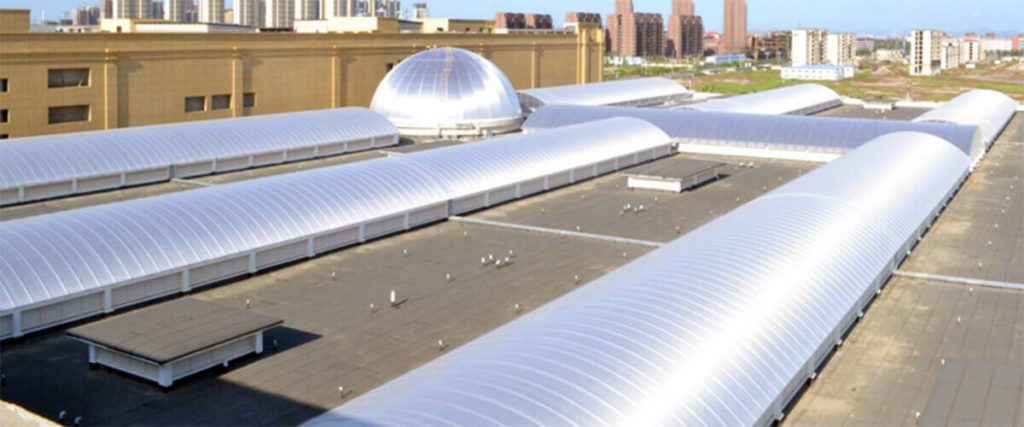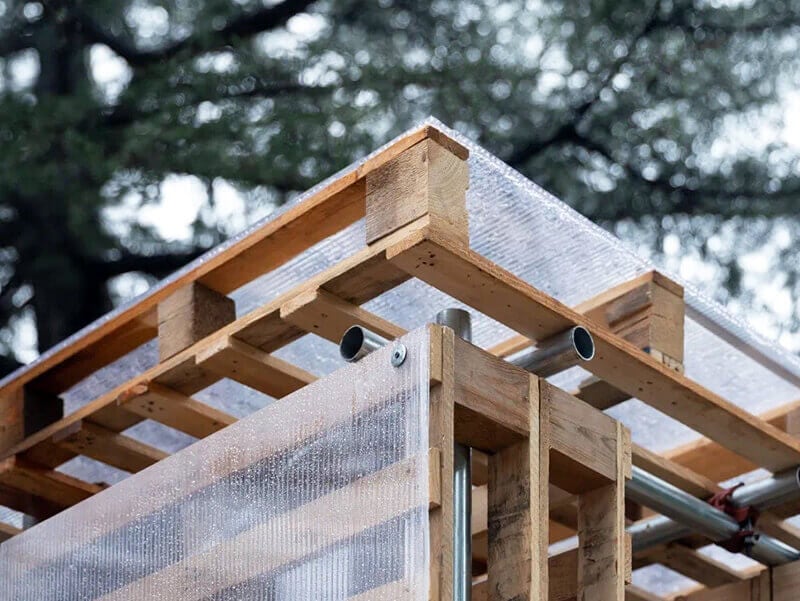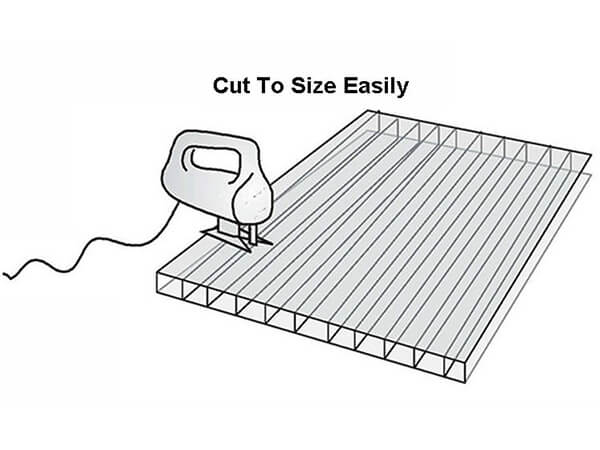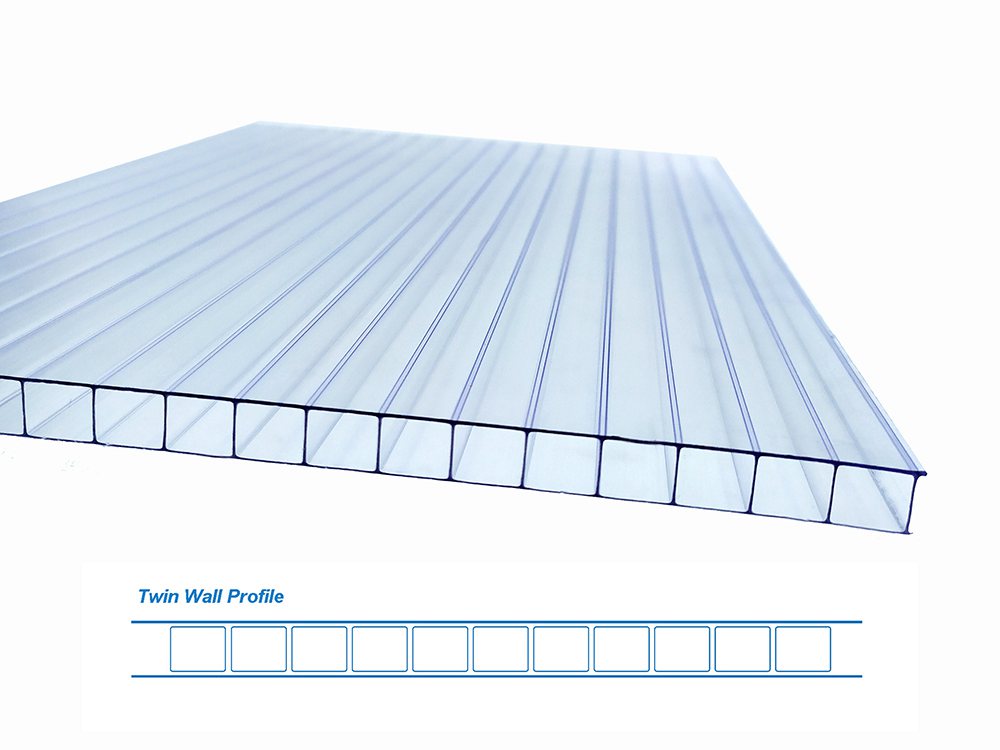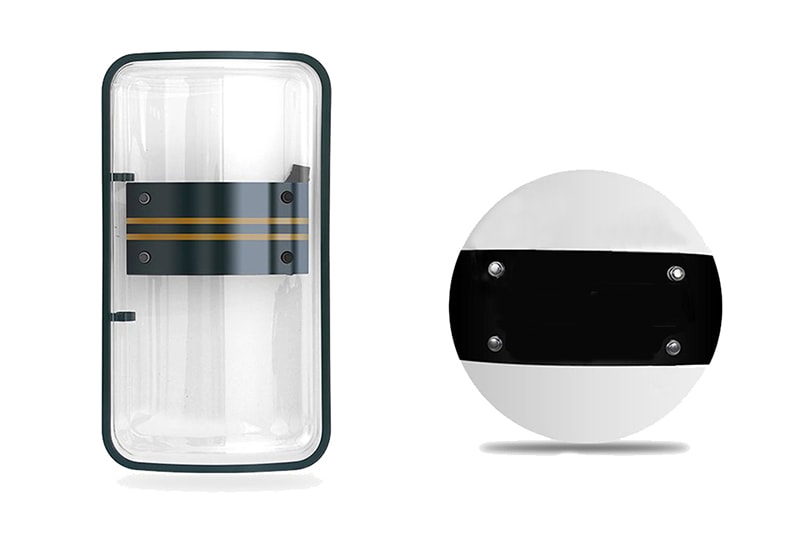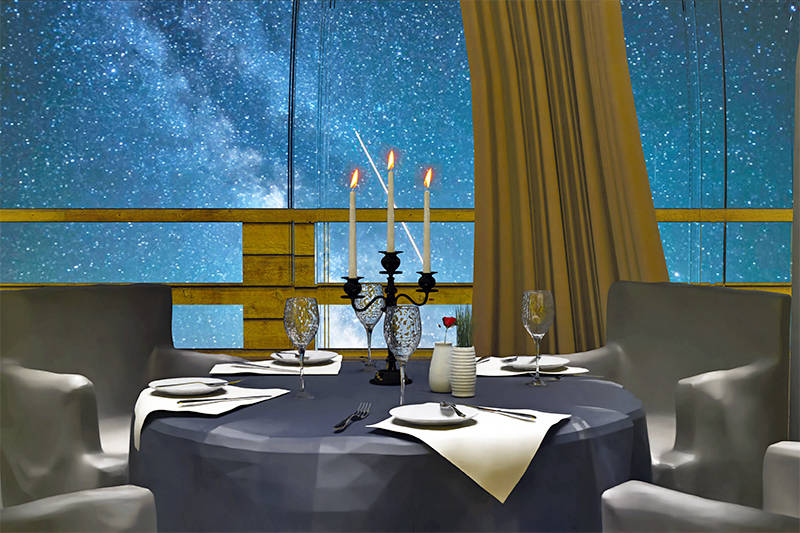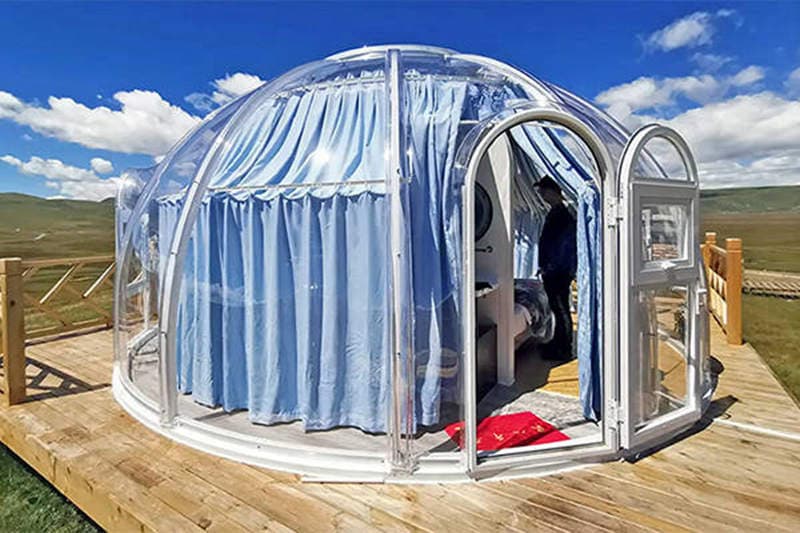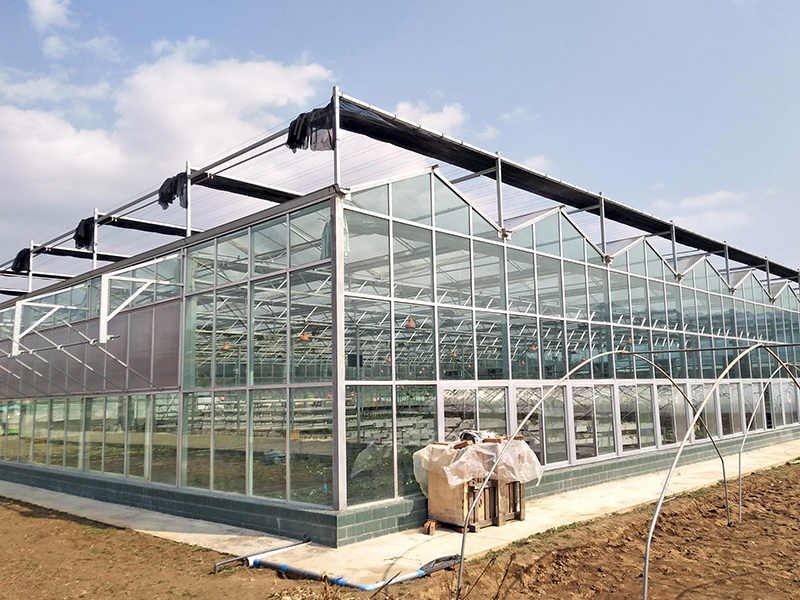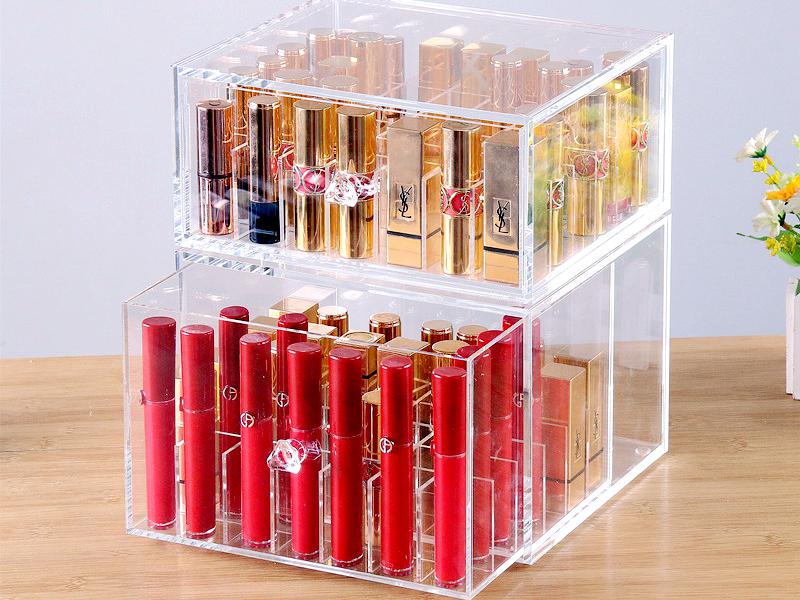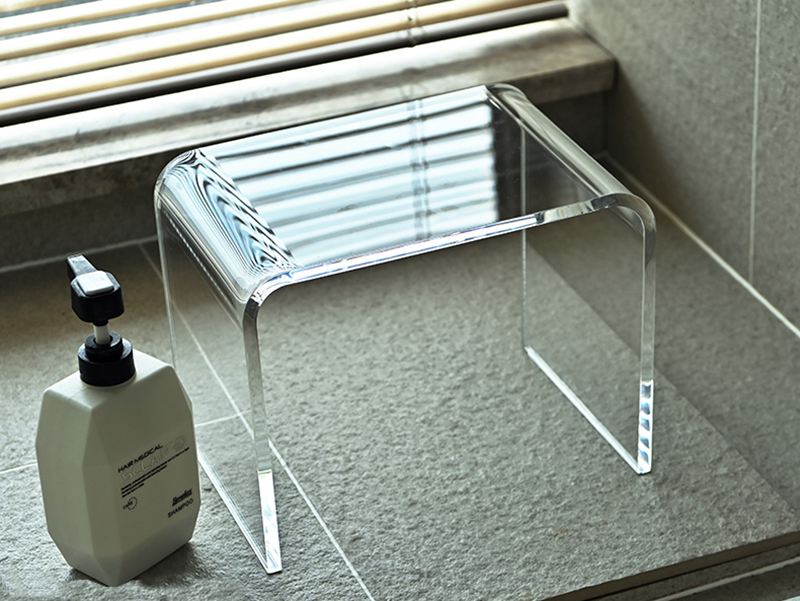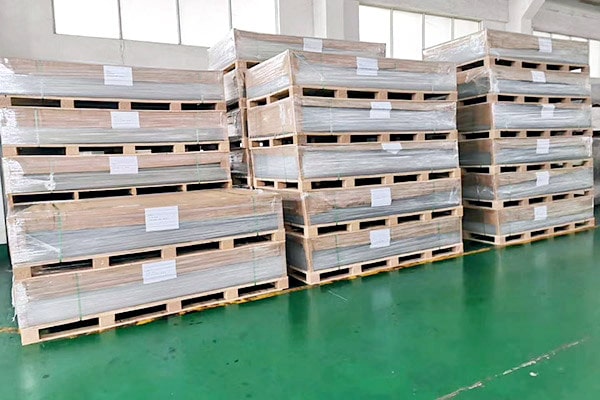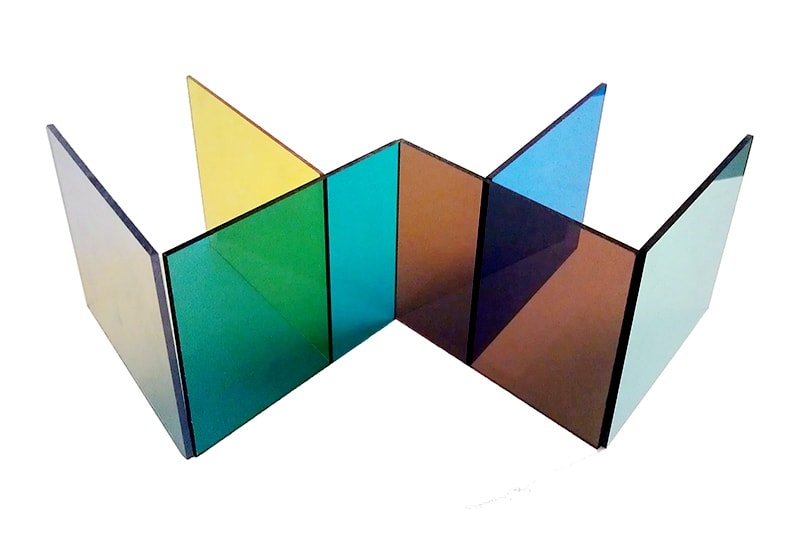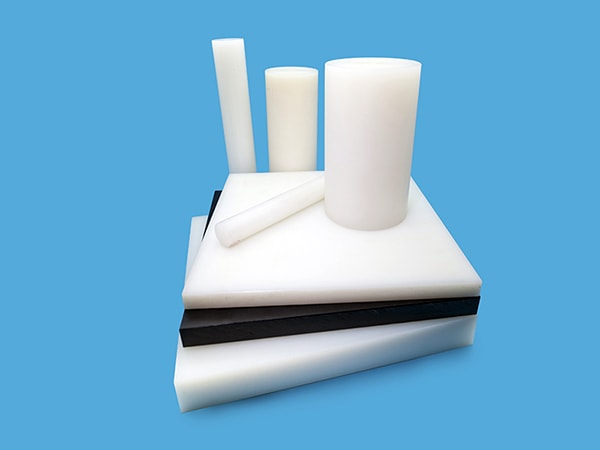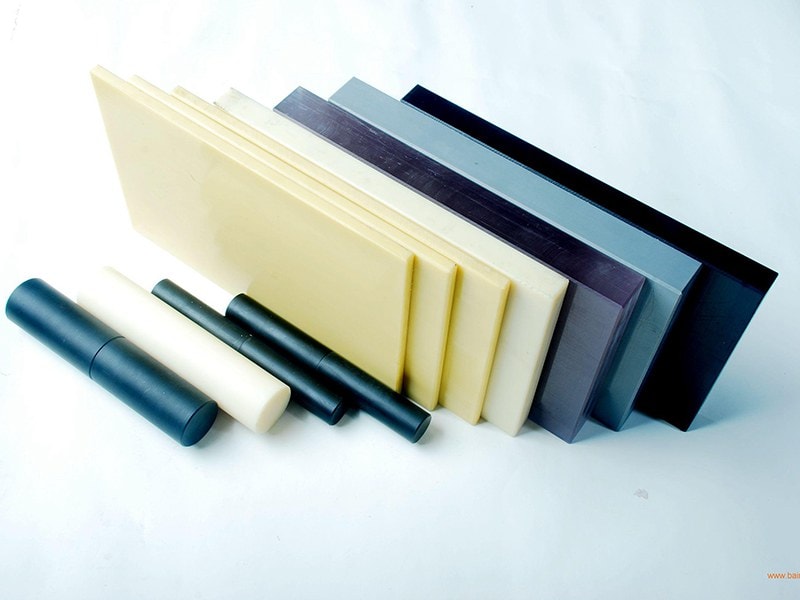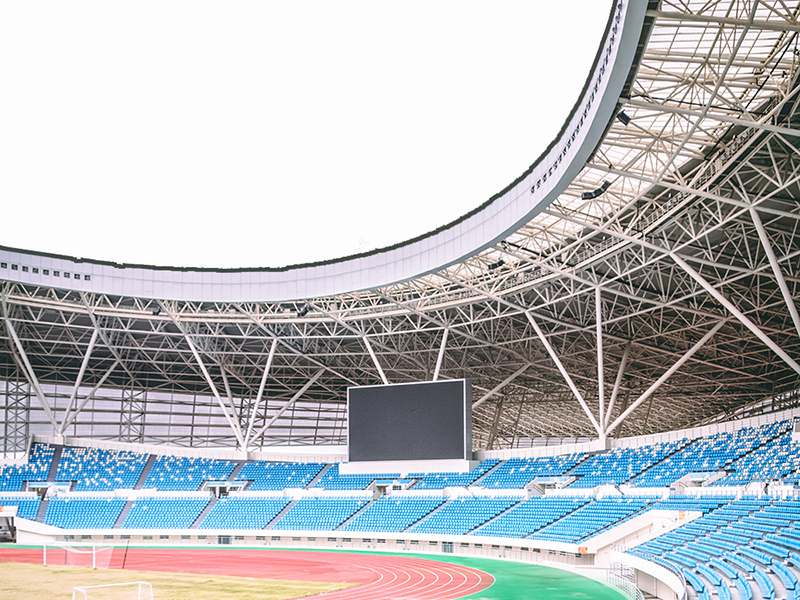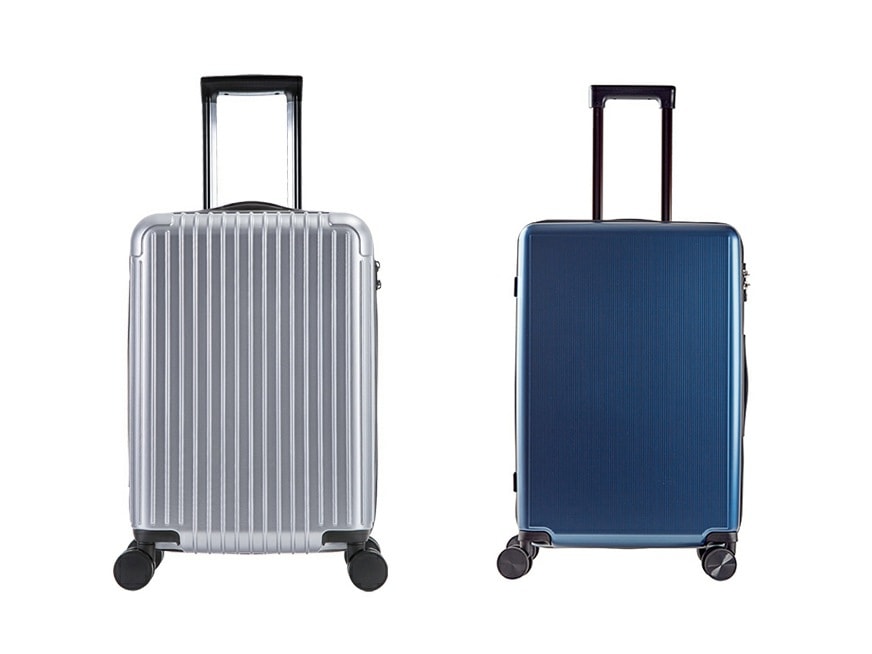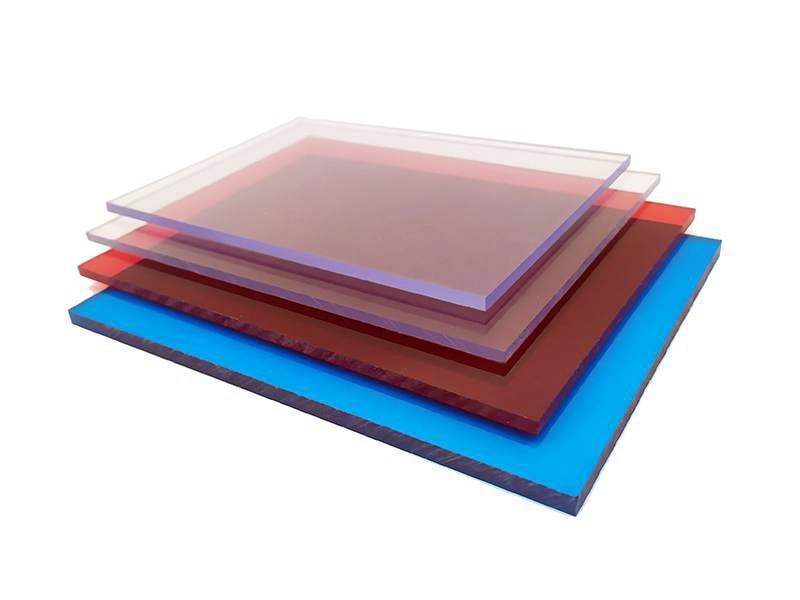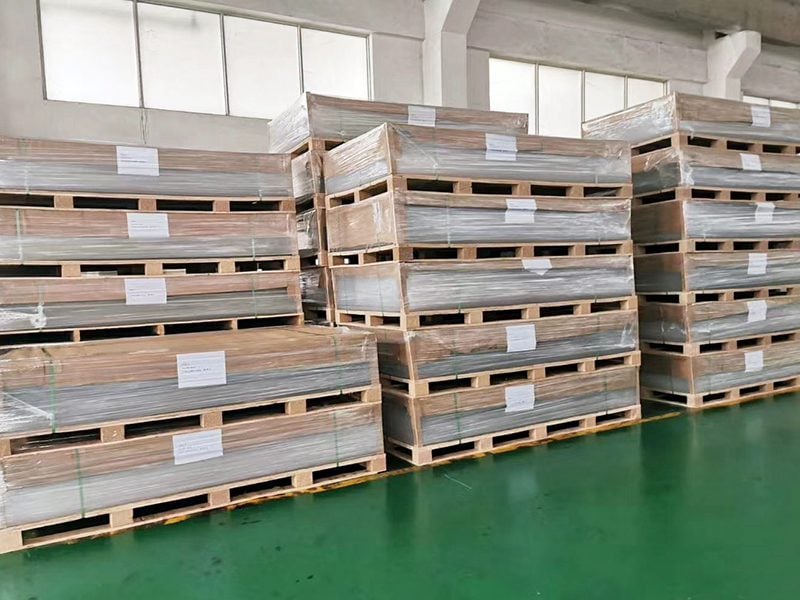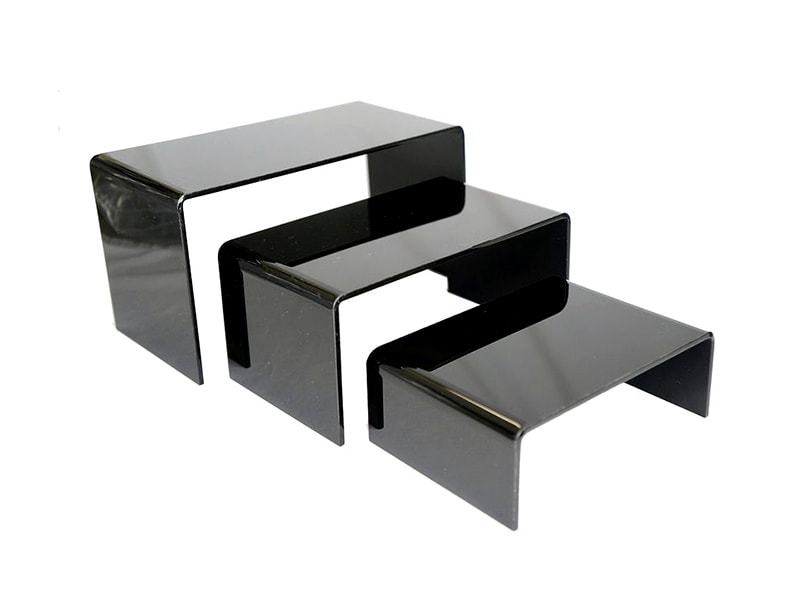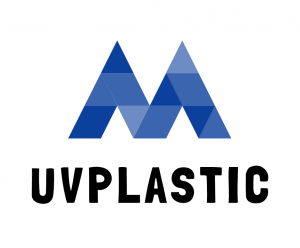Why Use Polycarbonate Diffuser Sheet For Light or Lamp
What Is The Diffuser In LED Light?
LEDs are a light source that is both energy-efficient and long-lasting. Because of the bright intense LED hot spots, LED light can be harsh to the human eye, distracting when lighting wider areas.
The use of diffusing or light blending technology is essential to produce a soft glow or minimize glare.
In the light diffusion technique, the brightest light near the bulb’s edges is moved to regions of the lightbox with the least amount of light. An even distribution of light is achieved using this approach.
A diffuser is used to do this. The radiance of a proper diffuser is independent of the angle since it induces Lambertian scattering.
A light diffuser provides relief for your eyes. It gives your home a cozier feel and can help diffuse light for more even lighting, rather than strewn around with lamps.
You can also save money on your electricity bills as a result of this. A well-placed diffuser can replace a couple of lamps while still providing the humid, inviting atmosphere we all crave.
What Is a Polycarbonate Diffuser?
LED lighting has progressed from a niche application to more widespread use in commercial and residential settings. Therefore due to the material’s properties and flexibility, there has been a surge in interest in plastics, especially polycarbonate sheets.
Polycarbonate is now used in LED lighting for lenses, optics, covers, channel letters, sign facing, globes, and light diffusers, among other things.
Polycarbonate light diffuser sheet is commonly used to cover LED lights, DIY lights, office lamps, kitchen lights, and fluorescent lights. This thermoplastic has explicitly been designed for use in LED components such as reflectors, lenses, and, most notably, diffusers.
Polycarbonate can be molded into sheets and films, making it an ideal alternative for LED hot spot diffusion. The Polycarbonate Light Diffuser Panel evenly scattered light spots on the surface, resulting in soft and pleasant light rays.
Advantages of Polycarbonate Diffuser Sheet for Light or Lamp
Increased Strength and Toughness
Because of its high strength and elastic coefficient, it is nearly unbreakable, ranking higher than glass. It can endure high temperatures. The polycarbonate diffuser is exceptionally tough.
Due to its impressive toughness, it is 25 times stronger than other diffusers in the market. It has a longer lifespan (over 10 years) as well.
Versatility
Polycarbonate diffusers have outstanding versatility. It’s possible to make complex shapes with it, such as curved light diffusers. Moreover, it can also be sliced, drilled, bent, and carved without breaking.
When using polycarbonate, it is possible to down-gauge or reduce the thickness of a manufactured component in various applications. As a result, materials cost and energy amount reduce.
Thermal Stability
Polycarbonate resins are more thermally stable than other resins and can tolerate continuous temperatures of up to 120°C. This excellent thermal property has made it more popular and reliable in the crowd.
Optical Property
Because of its exceptional optical properties, Polycarbonate may be compounded to meet particular requirements for a given application. Like transparent polycarbonate resins can achieve light transmission rates of more than 90%.
Polycarbonate resins have excellent light uniformity across the entire surface of the product. As it has contained a light diffusion additive, it can hide the bright LED light source and remove hot spots.
Flexible To Design
One of the best advantages of a polycarbonate diffuser is its design flexibility. Since it has a wide range of goods to satisfy a variety of manufacturing requirements. Besides, during processing, it is very light and thin to treat.
UV Stability
Polycarbonate Diffusers come in UV-stabilized versions that are designed for outdoor use. Furthermore, due to the relative strength of polycarbonate, components can be down-gauged to save weight, energy, and money.
Acrylic diffuser, Polycarbonate diffuser, Which One Should You Choose?
Acrylic and polycarbonate, as opposed to standard glass, provide a number of advantages that standard glass does not. Increased light filtration, impact resistance, increased strength, and enhanced weight and viscosity flow characteristics are just a few of the benefits. However, there are a few main differences between acrylic and polycarbonate plastics.
Polycarbonate and PMMA components are often lighter and thinner than glass, and they allow for more design versatility. Furthermore, injection-molding processes were used to scale the components to production sizes at a low cost.
Polycarbonate has higher heat resistance, higher impact strength, and improved breakage resistance than PMMA. In addition, polycarbonate is more flame-resistant. PMMA transmits more light (> 92 percent) and is more resistant to UV radiation than polycarbonate.
Since the price, processing ease, and optical properties of polycarbonate and PMMA are so close, choosing between them is a difficult decision. The final decision is made based on the conditions of the application.
Polycarbonate has a heat distortion temperature of 129°C whereas PMMA or acrylic is 93%. Besides, polycarbonate plastic’s UV solar radiation has high sensitivity and you need to UV absorbers to solve the problem.
Acrylic plastic is one of the most flammable polymers and polycarbonates are inherently fire resistant.
Conclusion
Acrylic plastic is a good choice if optical properties are important and a high illuminance level (lux units) is needed. Polycarbonate, on the other hand, would be the only option if the application needs fire resistance because of the high risk of fire.
Overall, polycarbonate diffusers provide soft and diffused light. The material’s flexibility and ability to custom-tailor properties make it an excellent fit for manufacturer and molder requirements.
Most significantly, polycarbonate is a popular material in the LED lighting industry because it has successfully overcome some of the industry’s most difficult challenges.
So if you are producing a bulk amount of LED or lamps, the advanced polycarbonate materials can provide you with desirable properties such as design versatility, low weight, and UV safety.
Besides, being a manufacturer of LED lights or lamps, you will gain more design versatility as polycarbonate grades are optimized for particular applications.
